
“Types of Rouen” – a painting by Claude Monet, written by him in the period of his life in Argenteuil. It was a wonderful fruitful time, when the artist’s collection was replenished with beautiful landscapes with views of the banks of the Seine, scenes with sailing ships and metropolitan people walking in the province of Arzhantey.
Sometimes Monet allowed himself small trips for the open-airs along the Seine, including in the old roller coaster Rouen – the capital of Normandy. One of the trips to Rouen crowned with a series of dense with views of the right bank of the River Seine and its tributaries. The above work was included in their composition. It should be noted that this canvas is distinguished not only by the narration of the plot, but also by the manner of writing to Monet, which is characterized, as a rule, by nerve jerky strokes.
“Types of Rouen” – painfully touching personification of the quiet flow of life and the elements, only fallen asleep for an instant under the artist’s brush. Monet was lucky to capture into his nets precisely that piece of time, when nature is not yet asleep, but is immersed in sweet slumber. And these gloomy colors, and calm, and lowered sails of the boats, and the lack of humanity – everything speaks of the thorough preparation of the day for the meeting of darkness.
At the heart of the “Kinds” color palette are cold shades of pink colors and lilacs. Their combination gave the image a mysterious half-mist and haze. The black spot, as it is not strange for impressionism with its rejection of black paint, gape the sailboat in the center of the backwater. Exhausted and lonely, he casts the same deep bottomless shadow on the water’s mirror…
The landscape of Rouen is rurally beautiful with its low buildings and the spire of a chapel or a temple, of which there are a great many in this place. The distant plan is crowned with a hill so heavy and sloping that it resembles the back of a whale. A small house on the right, as an echo of something close and dear to the Russian landscape, warms the soul.
The pacified narration, the quiet marina on the low shores and the mirror-water – everything says, or rather, whispers, about the severity of the passing day and soon sleep, and then – morning again…
Looking at this canvas, you begin to understand Monet and his craving for places quiet and calm, even if so great in the geographical sense, but his own.
 Types de Rouen – Claude Monet
Types de Rouen – Claude Monet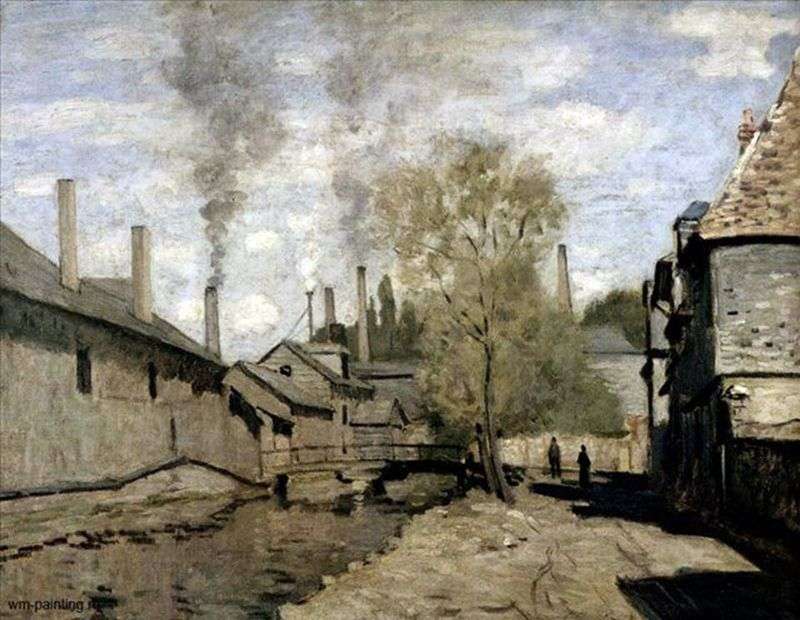 Robeck River in Rouen by Claude Monet
Robeck River in Rouen by Claude Monet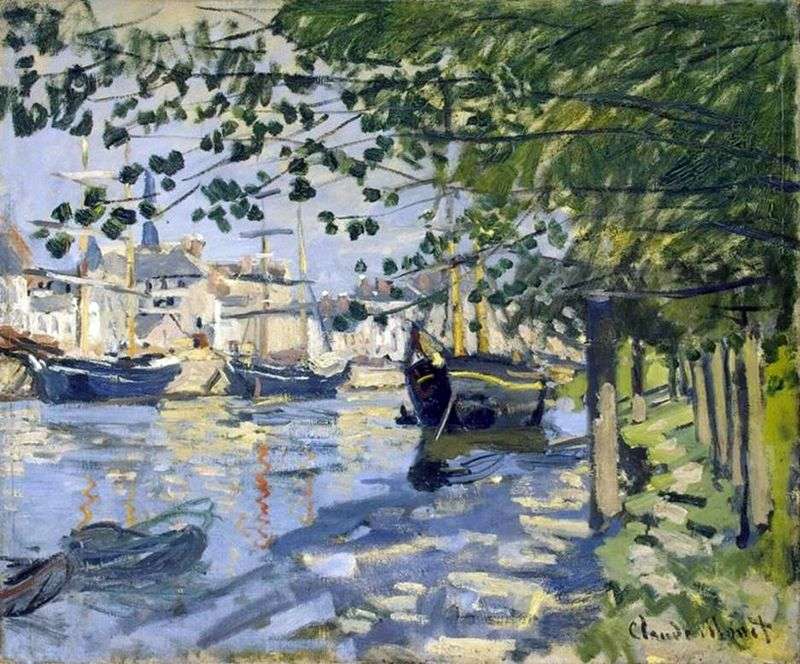 Seine at Rouen by Claude Monet
Seine at Rouen by Claude Monet Rivière Robeck à Rouen – Claude Monet
Rivière Robeck à Rouen – Claude Monet Studio Boat by Claude Monet
Studio Boat by Claude Monet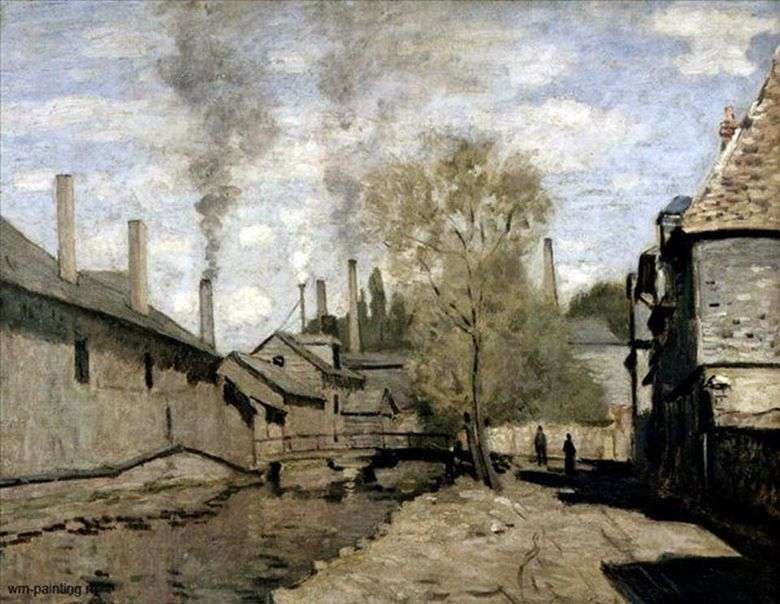 El río Robek en Rouen – Claude Monet
El río Robek en Rouen – Claude Monet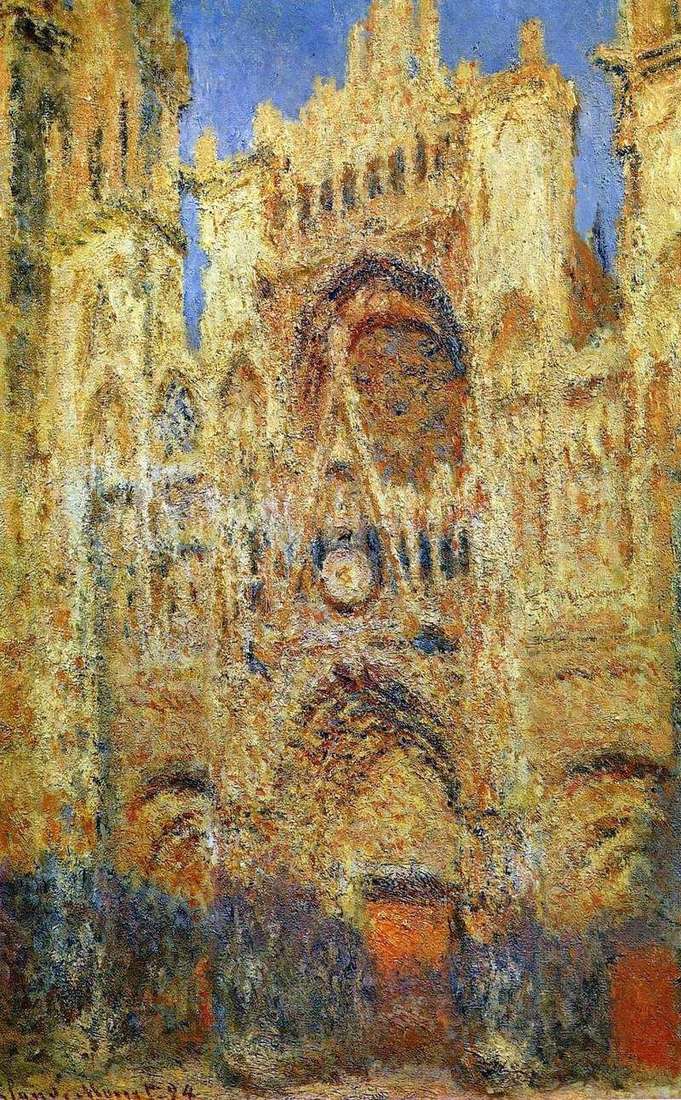 Rouen Cathedral by Claude Monet
Rouen Cathedral by Claude Monet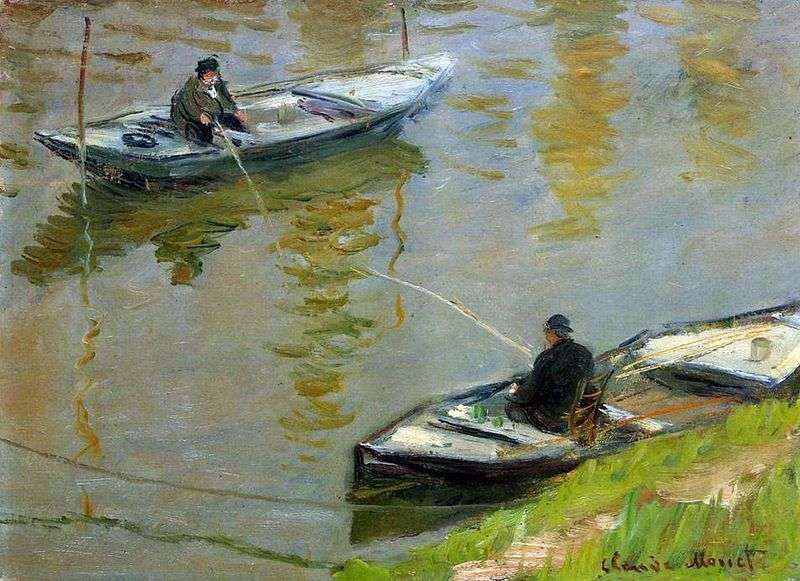 Two anglers by Claude Monet
Two anglers by Claude Monet